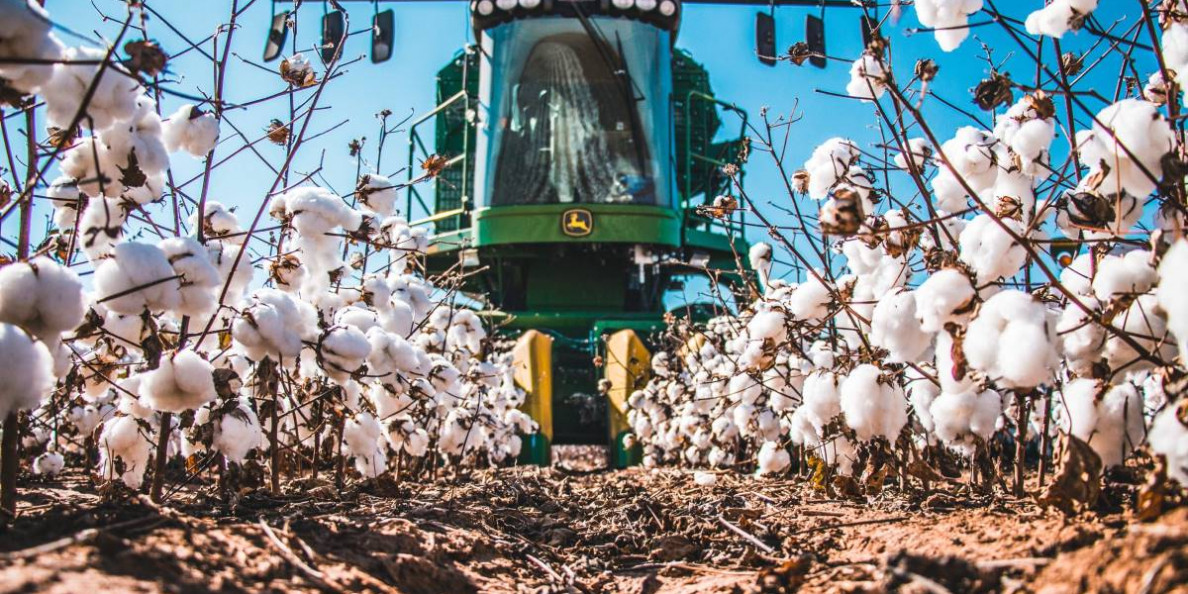By Joelle Orem
Cotton production will hang by the thin threads of demand in 2023 — and prices will likely sway in the 80¢ to 85¢ per pound range, depending on La Niña’s trajectory. Patience might be the most valuable tool for producers this year, especially when it comes to navigating the economic landscape.
Prices and Production
“New crop December 2023 futures are in the neighborhood of 80¢,” says Don Shurley, University of Georgia’s professor emeritus of cotton economics. “This does not inspire cotton acreage but much will also depend on the price of competing crops, production costs and the individual farm situation dictating rotation and flexibility,” he explains.
Mark Jekanowski, USDA Outlook Board chairman, recently shared his takeaways from USDA’s most recent supply and demand report and sheds light on what to expect in terms of production and trade for the upcoming marketing year:
- U.S. production is forecasted at 14.68 million bales.
- Global production is projected at 115.40 million bales.
- World consumption is down to 110.9 million bales due to decreased use in India, Indonesia and Vietnam.
- U.S. exports are forecasted at 12 million bales, down from 14.6 million bales in 2021/22.
- Global exports are forecasted at 41.7 million bales, down from 42.9 million bales in the previous marketing year.
- U.S. ending stocks are expected to be 4.2 million bales, representing 30% of projected use.
Challenges
It is no secret the cotton industry’s infrastructure capacity continues to stretch beyond comfortable levels, especially in the Western states. It is also no surprise producers are cautious and apprehensive when it comes to scaling current operations due to inflation, a shifting La Nina and lingering logistical challenges.
Inflation seems to be one of the biggest obstacles facing producers. Jeff Thompson of Autauga Quality Cotton predicts additional rate hikes in the coming months.
“As expected, the Fed raised interest rates for the fourth time this year. Smaller than those previous, it was their comments afterward that shook both equity and commodity markets,” he says. “Even though consumer prices fell in November to an annualized rate of 7.1%, down sharply from June’s 9.1%, the red-hot labor market has the Fed believing high inflation will continue through 2023 thereby suggesting additional rate hikes will be forthcoming.”
During a recent roundtable discussion hosted by the Ag Market Network, O.A. Cleaveland of Mississippi State University discussed the infrastructure challenges pertaining to the rising cost of equipment.
“With this kind of additional risk it’s just more and more headache and pencil pushing,” which impacts everyone from producers to the mill, Cleveland says.
Brad Pippington, a producer also on the roundtable discussion, says farmers are “at the point they don’t know where to sharpen it anymore.”
Although drought conditions in the South have caused concerns, the National Oceanic and Atmospheric Administration (NOAA) is forecasting the La Niña advisory to continue through the winter, with hopes of a spring slowdown.
“That typically means a lot of clipper systems and bouts of cold air for northern areas, while leaving the South warmer and drier,” says John Baranick, NOAA meteorologist.


